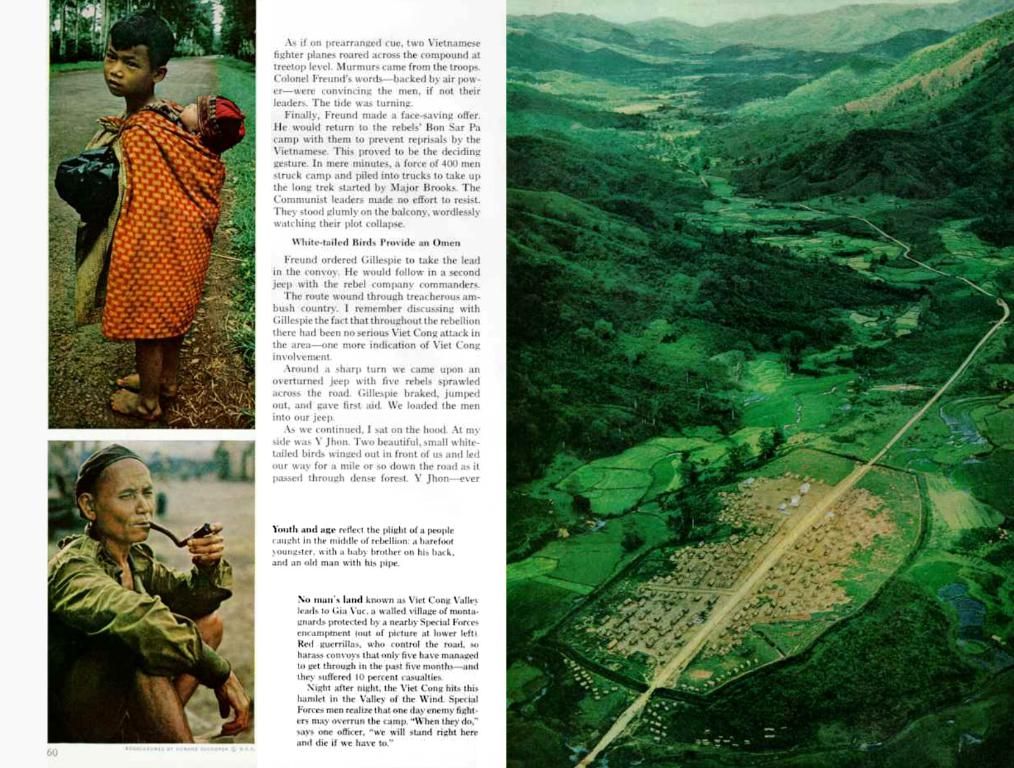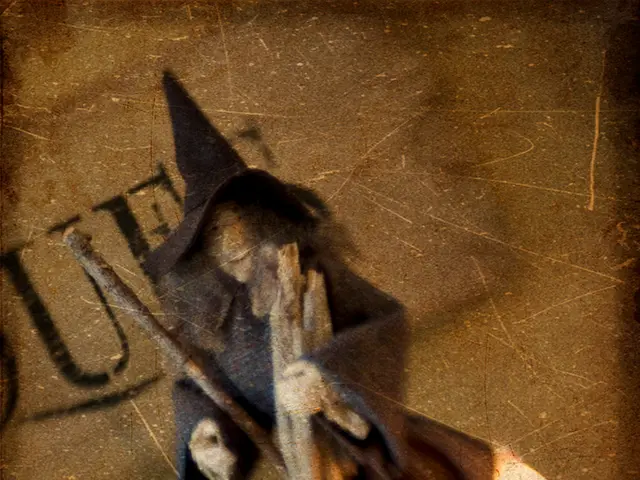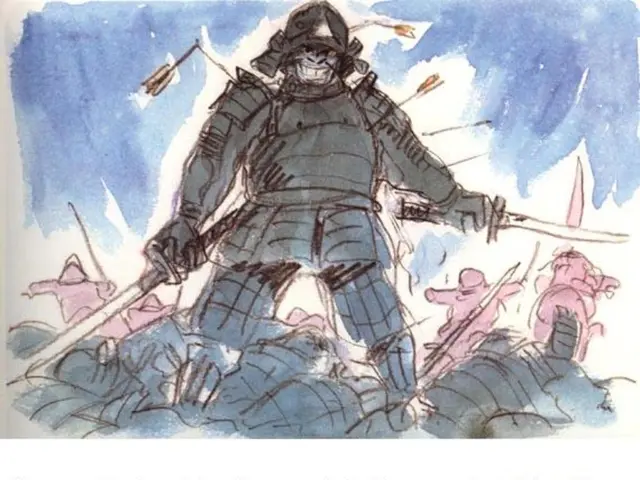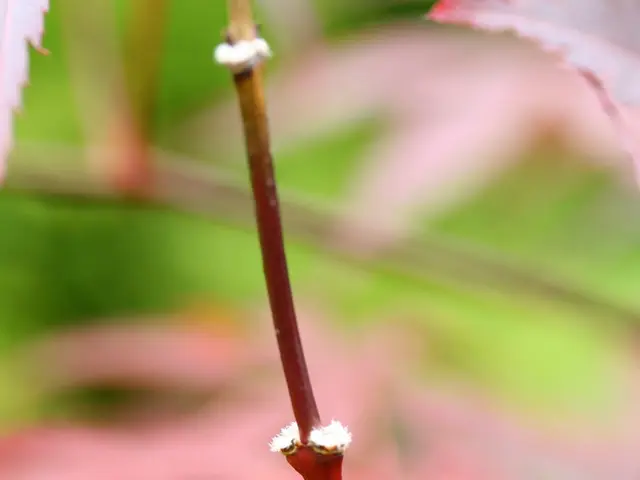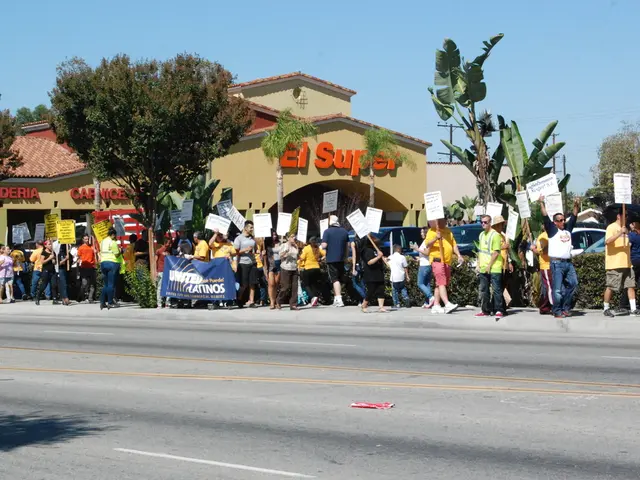Tracing Early Time Era Remnants Discovered
Walking with the Wajãpi and Janejara
Chewed on a piece of beiju [cassava bread] and some smoked fish while making small talk with Roseno Wajãpi under the protective canopy of the Amazonian forest. He told me tales from the start of time.
Earlier that day, I'd spotted the creator hero's footsteps along the riverbank, thinking they were ancient grinding grooves left by people of the past. But Roseno saw more. Much more.
The Wajãpi had welcomed me into their territory, aiming to map archaeological sites. I was hyped about the opportunity. Little did I know, my university-trained archaeology skills might have limited use against the Wajãpi's vast cosmological wisdom.
As we trudged through the dense rainforest, exhaustion setting in, Felipe Garcia, an historian with experience amongst the Wajãpi, gently nudged me. "Ask Roseno about the grooves," he urged. When we finally took a break, I asked.
Roseno explained his stories of Janejara, the creator hero who imprinted his steps across the pliable earth as he wandered the land. Marks of Janejara were more than just natural phenomena - they were part of the Wajãpi's cultural heritage, carrying the essence of creation itself.
Over the years, I've learned that academia and oral traditions can complement each other beautifully. Collaborating with Roseno and the Wajãpi, we manage their land, safeguard their culture, and pass on knowledge from the elders to the youth.
Modern-day Brazil isn't all roses. Hateful rhetoric backed by far-right politicians threatens indigenous rights and self-determination. Our work not only bolsters bonds within the Wajãpi community but helps ensure their future standing.
Indigenous Knowledge and the Land of the Wajãpi
More than 1.7 million indigenous Brazilians, representing 260 ethnic groups and speaking 160 languages, call Brazil home. The Wajãpi, with their unique dialect, are one of those groups.
Historically, the Wajãpi have lived in the Amazonian region of Amapá for at least 6,000 years. They migrated from the Xingu area in the 1700s to escape expanding colonizers.
After my initial journey to the Wajãpi territory in 2009, I made the rookie mistake of failing to consult my Wajãpi partners about the grooves. I learned my lesson as Felipe coaxed Roseno to share his perspective.
The Wajãpi viewed the grooves as marks left by Janejara as he fashioned the world. Our interpretations differed, but that didn't stop us from collaborating to find common ground.
Since then, the Wajãpi and I have teamed up to merge our perspectives, mapping and recording ancient sites important to Wajãpi oral stories. This work helps manage the land, preserve culture, and educate the younger generation.
Myths and Archaeology: A Wajãpi Journey
Besides the creator hero, Janejara also left his influence on plants and animals. For example, the sloth's tree-climbing abilities are a testament to Janejara's playful spirit during the start of time. Wajãpi storytelling is a treasure trove of such connections between the physical world and spiritual beings, encoding a profound bond between their ancestors and the environment.
At times, the marks of Wajãpi's past mirror my archaeological findings. At others, their stories venture beyond the scope of my understanding. But embracing this exchange has helped find harmony between two distinct worlds. Together, we uncover each mark of the past in the history of the Indigenous Wajãpi Earth.
Even as academic researchers like myself contribute to this work, we also gain valuable insights. I use federal laws to advocate for cultural heritage and environmental protection on behalf of the Wajãpi.Utilizing technology such as GPS mapping, audio recordings, drawings, and photographs, we preserve and share their places, histories, and stories.
While our interpretations may vary, we share a mutual fascination for understanding the world around us. Whether it's the painted jaguar or the grooved rocks deep in the Amazonian forest, our curiosity drives us to discover the ties that bind us to our past, present, and future.
As an additional note, it's important to remember that the grooves in the rocks do not explicitly reflect Janejara's footprints in a literal sense. Rather, they stand as symbolic reminders of the creator hero's presence and the origins of life as told by the Wajãpi people.
Science and education-and-self-development have played a vital role in our exploration of the Wajãpi's lands. Through learning about their ancient sites and collaborating with the locals, I've discovered how lifelong learning can bridge the gap between archaeological findings and indigenous wisdom, enriching our understanding of the world. By merging our perspectives, we've managed the land, preserved culture, and passed on knowledge from the elders to the youth, proving that academic and oral traditions can complement each other beautifully.
